Filter by
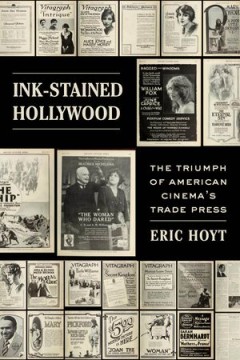
Ink-Stained Hollywood: The Triumph of American Cinema’s Trade Press
For the first half of the twentieth century, no American industry boasted a more motley and prolific trade press than the movie business—a cutthroat landscape that set the stage for battle by ink. In 1930, Martin Quigley, publisher of Exhibitors Herald, conspired with Hollywood studios to eliminate all competing trade papers, yet this attempt and each one thereafter collapsed. Exploring the c…
- Edition
- -
- ISBN/ISSN
- 9780520383708
- Collation
- -
- Series Title
- -
- Call Number
- 777 HOY i
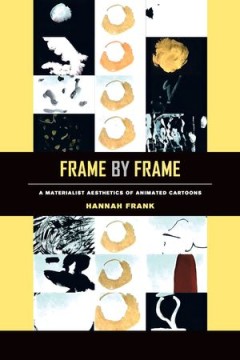
Frame by Frame
For most of the twentieth century, the making of animated cartoons was mechanized and standardized to allow for high-volume production: thousands of drawings were inked and painted onto individual transparent celluloid sheets (called "cels") and then photographed in succession, a labor-intensive process that was divided across scores of artists and technicians, most of them anonymous. In order …
- Edition
- -
- ISBN/ISSN
- 9780520972773
- Collation
- -
- Series Title
- -
- Call Number
- 791.43 FRA f
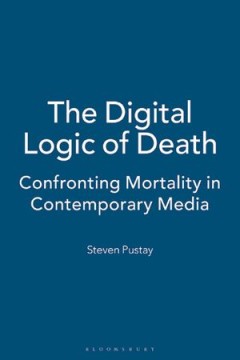
The Digital Logic of Death: Confronting Mortality in Contemporary Media
In The Digital Logic of Death, Steven Pustay skillfully makes visible the immensely important but often overlooked role that moving images play in shaping our understanding of mortality. This relationship, he argues, is made all the more urgent by the technologies of the digital age, which have profoundly altered our ability to represent and contemplate death through moving images, resulting in…
- Edition
- -
- ISBN/ISSN
- 9781501364082
- Collation
- -
- Series Title
- -
- Call Number
- 790 PUS d

Practices of Speculation: Modeling, Embodiment, Figuration
This volume offers innovative ways to think about speculation at a time when anticipation of catastrophe in an apocalyptic mode is the order of the day and shapes public discourse on a global scale. It maps an interdisciplinary field of investigation: the chapters interrogate hegemonic ways of shaping the present through investments in the future, while also looking at speculative practices tha…
- Edition
- -
- ISBN/ISSN
- 9783839447512
- Collation
- -
- Series Title
- -
- Call Number
- -
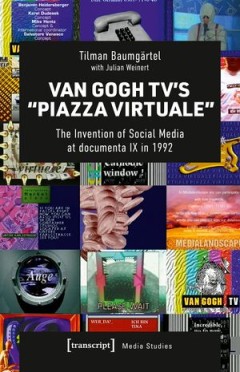
Van Gogh TV's »Piazza Virtuale: The Invention of Social Media at documenta I…
Piazza virtuale by the group of artists known as Van Gogh TV was not only the biggest art project ever to appear on television, but from a contemporary point of view the project was also a forerunner of today's social media. The ground-breaking event that took place during the 100 days of documenta IX in 1992 was an early experiment with entirely user-created content. This is the first book-len…
- Edition
- -
- ISBN/ISSN
- 9783839460665
- Collation
- -
- Series Title
- -
- Call Number
- 302.234 5 BAU v
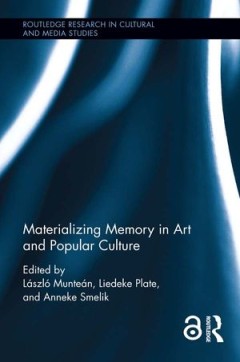
Materializing Memory in Art and Popular Culture
Memory matters. It matters because memory brings the past into the present, and opens it up to the future. But it also matters literally, because memory is mediated materially. Materiality is the stuff of memory. Meaningful objects that we love (or hate) function not only as aide-mémoire but are integral to memory. Drawing on previous scholarship on the interrelation of memory and materiality,…
- Edition
- -
- ISBN/ISSN
- 9781315472164
- Collation
- -
- Series Title
- -
- Call Number
- 701 MAT m

The Making of The Wandering Earth: A Film Production Handbook
This handbook takes us through the making of The Wandering Earth, one of the highest-grossing non-English films of all time. It is a rare, in-depth, behind-the-scenes study of the making of a masterpiece, taking the reader through the entire production process of a landmark Chinese science fiction film.The book brings to life how The Wandering Earth was created, from words to images, by a young…
- Edition
- -
- ISBN/ISSN
- 9781000544053
- Collation
- -
- Series Title
- -
- Call Number
- 791.43 MAK m

Television before TV: New Media and Exhibition Culture in Europe and the USA,…
Television before TV rethinks the history of interwar television by exploring the medium’s numerous demonstrations organized at national fairs and international exhibitions in the late 1920s and 1930s. Building upon extensive archival research in Britain, Germany, and the United States, Anne-Katrin Weber analyses the sites where the new medium met its first audiences. She argues that public d…
- Edition
- -
- ISBN/ISSN
- 9789048544813
- Collation
- -
- Series Title
- -
- Call Number
- 791.45 WEB t
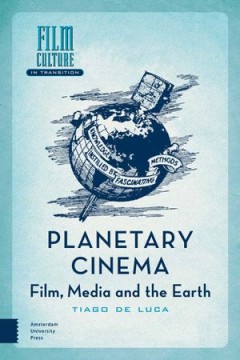
Planetary Cinema: Film, Media and the Earth
The story is now familiar. In the late 1960s humanity finally saw photographic evidence of the Earth in space for the first time. According to this narrative, the impact of such images in the consolidation of a planetary consciousness is yet to be matched. This book tells a different story. It argues that this narrative has failed to account for the vertiginous global imagination underpinning t…
- Edition
- -
- ISBN/ISSN
- 9789048550968
- Collation
- -
- Series Title
- -
- Call Number
- 777 LUC p

Learning Race and Ethnicity
An exploration of how issues of race and ethnicity play out in a digital media landscape that includes MySpace, post-9/11 politics, MMOGs, Internet music distribution, and the digital divide. It may have been true once that (as the famous cartoon of the 1990s put it) “Nobody knows you're a dog on the Internet,” and that (as an MCI commercial of that era declared) on the Internet there is no…
- Edition
- -
- ISBN/ISSN
- 9780262050913
- Collation
- -
- Series Title
- -
- Call Number
- -
 Computer Science, Information & General Works
Computer Science, Information & General Works  Philosophy & Psychology
Philosophy & Psychology  Religion
Religion  Social Sciences
Social Sciences  Language
Language  Pure Science
Pure Science  Applied Sciences
Applied Sciences  Art & Recreation
Art & Recreation  Literature
Literature  History & Geography
History & Geography